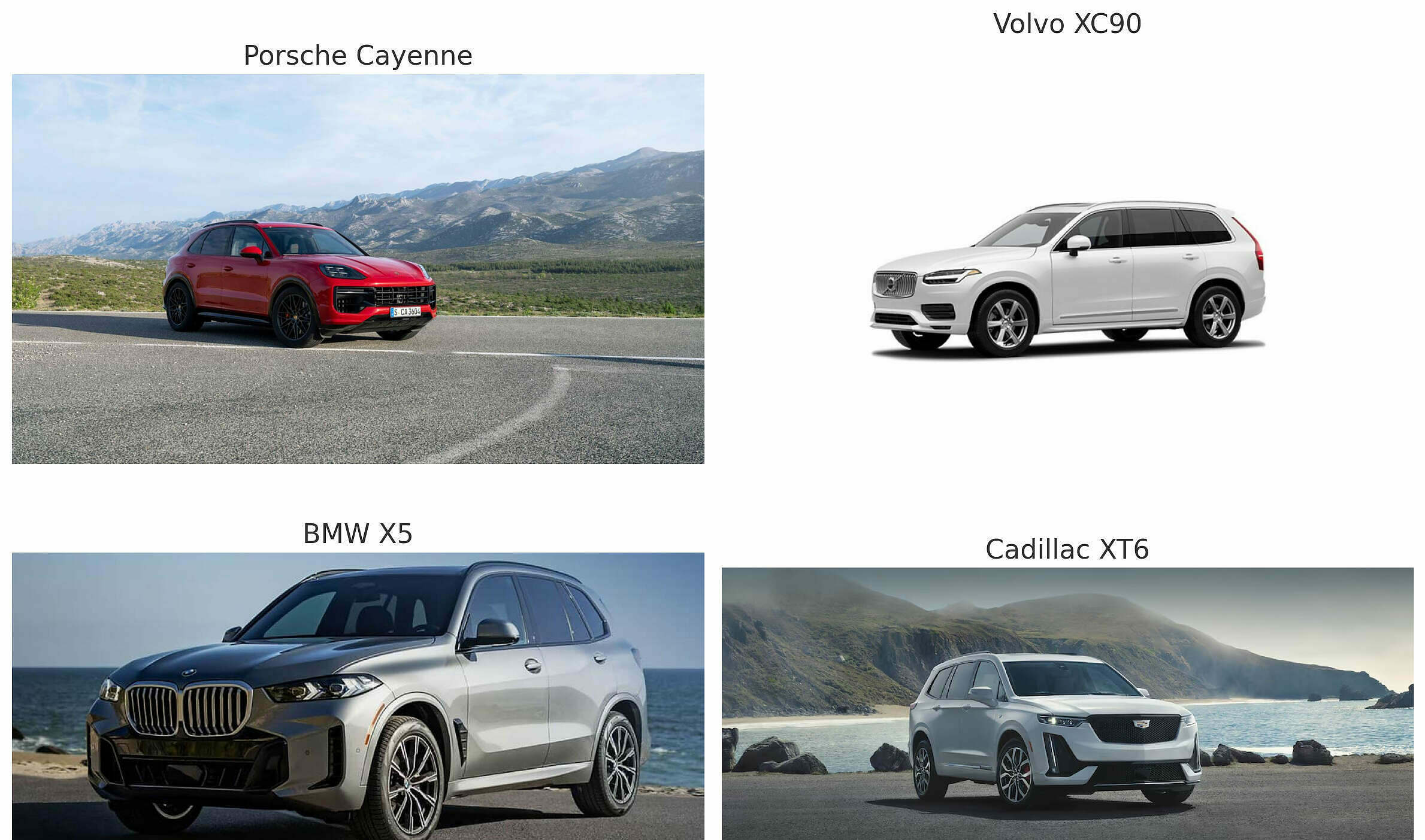In the realm of high-fidelity audio, enthusiasts and professionals alike seek out formats that provide the best sound quality possible. Each audio format comes with its own set of advantages and disadvantages, tailored to different needs and preferences.
The MP3 format, as we all know by now is a highly compressed standard that was useful in the dial-up era – now we’ve got the bandwidth available for higher quality listening. This article explores six popular high-fidelity audio formats: FLAC, AAC, Ogg Vorbis, AIFF, WAV, and DSD, detailing their pros and cons to help you decide which is best for your audio experience.
1. FLAC (Free Lossless Audio Codec)
Pros:
- Lossless Quality: FLAC provides a perfect replica of the original audio without any loss in quality, making it ideal for audiophiles and music archiving.
- Compression: While being lossless, it reduces file size (about 50-60% of the original size), making it more manageable than uncompressed formats.
- Metadata Support: Supports tagging of metadata, making it easier to organize and locate files.
- Compatibility: Widely supported by a range of devices and software.
Cons:
- File Size: Despite compression, FLAC files are still larger than lossy formats, which might not be suitable for limited storage spaces.
- Not universally compatible: Some older devices and systems may not support FLAC playback.
2. AAC (Advanced Audio Coding)
Pros:
- Efficiency: AAC provides better sound quality than MP3 at the same bitrate, making it efficient for streaming and storage.
- Compatibility: Widely supported across various platforms, especially in Apple ecosystems.
- Adaptability: Performs well across a wide range of bitrates.
Cons:
- Lossy Compression: It loses some original audio data, which might not be ideal for those seeking archival-quality sound.
- Variable Quality: The quality can vary depending on the encoder used and the settings.
3. Ogg Vorbis
Pros:
- Open Source: It’s a free, open-source codec, avoiding potential licensing issues.
- Quality: Generally offers better quality at lower bitrates compared to other lossy formats.
- Flexibility: Highly adjustable to different bitrates according to needs.
Cons:
- Compatibility: Not as widely supported as formats like AAC or MP3, especially on hardware devices.
- Variable Performance: Its performance can vary significantly with the complexity of the audio.
4. AIFF (Audio Interchange File Format)
Pros:
- Uncompressed Quality: Aiff Offers high-quality audio that’s identical to the original recording.
- Metadata Support: Can store metadata, which is helpful for cataloging and accessing files.
- Compatibility: Supported by a range of professional audio software and devices, particularly on Apple computers.
Cons:
- Large File Sizes: Files are large, taking up significant storage space.
- Limited Support: Not as universally compatible as more common formats like MP3 or AAC.
5. WAV (Waveform Audio File Format)
Pros:
- High Quality: Like AIFF, it delivers uncompressed audio, preserving the original sound without any loss.
- Widely Used: A standard format in the industry, especially for professional audio editing and recording.
- Compatibility: Broad support across all types of devices and software.
Cons:
- Large Files: Consumes a lot of storage space due to its uncompressed nature.
- Metadata Support: Limited compared to formats like FLAC and AIFF.
6. DSD (Direct Stream Digital)
Pros:
- Superior Sound Quality: Offers a very high resolution, capturing more detail than most other formats, which is favored for classical and jazz genres.
- Pure Audio Experience: Provides a unique and pure audio experience, with a smooth analog-like sound.
Cons:
- File Size: Generates very large files, requiring significant storage capacity.
- Compatibility and Cost: Playback and editing require specialized equipment and software, which can be expensive and less accessible.
Conclusion
Each of these formats has its place in the world of high-fidelity audio, catering to different needs ranging from professional use to casual listening. The choice between them will depend on factors such as the desired balance between quality and file size, the equipment being used, and specific use cases such as listening, archiving, or professional editing.



